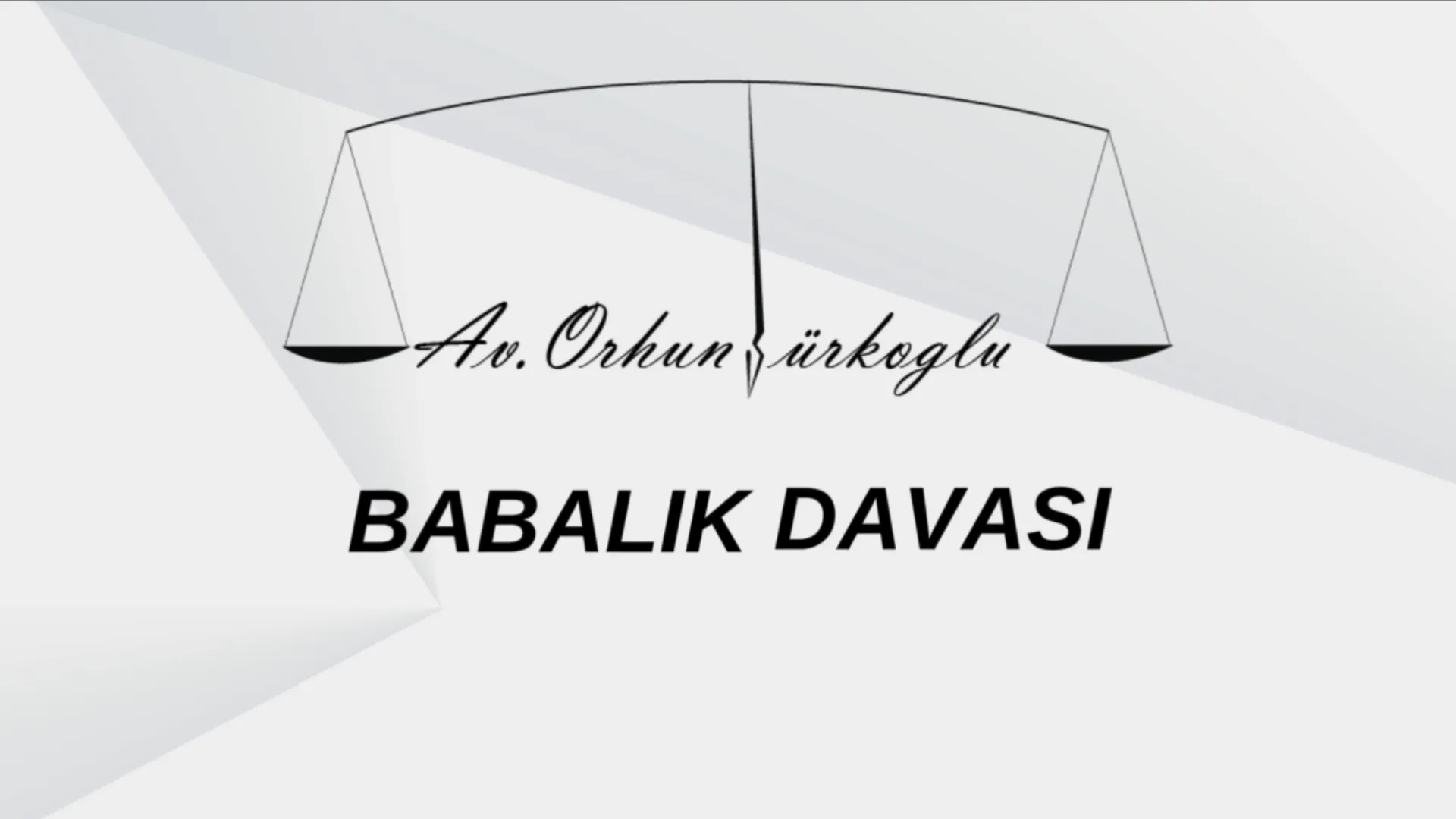What Is A Paternity Lawsuit?
A paternity lawsuit is one of the lawsuits within the framework of the provisions of the Turkish Civil Code regulating paternity and aims to establish a legal bond with the biological father of the child. This type of lawsuit is especially important for children born out of wedlock. The paternity lawsuit has legal consequences both in terms of protecting the rights of the child and determining the responsibilities of the father.
Who Can File A Paternity Lawsuit?
Article 301 of the Turkish Civil Code regulates who can file a paternity lawsuit. Accordingly, the paternity lawsuit can be filed by the mother or the child.
Against Whom Can A Paternity Lawsuit Be Filed?
The paternity lawsuit is filed by the mother or child against the father, or if the father is dead, against his heirs. In addition to the Public Prosecutor and the Treasury, this lawsuit is notified to the trustee if the lawsuit is filed by the mother and to the mother if the lawsuit is filed by the trustee. To explain the trustee issue; The lawsuit to be filed by the child is filed by the trustee representing the child if the child has not reached the age of 18, that is, if the child is not legally adult. In order to appoint a trustee for the child, it is requested from the Civil Court of Peace to appoint a trustee for the child, the trusteeship here is limited to the duty of representation for the paternity case and has nothing to do with the management of the child’s assets.
What Is The Statute Of Limitations For Paternity Action?
The prescription period for the paternity lawsuit is regulated in Article 303 of the Turkish Civil Code. Accordingly, the paternity lawsuit can be filed before or after the birth of the child, the prescriptive period for the mother’s right to sue ends with the passage of one year starting from birth, but if the child has a paternity relationship with another man, the one-year period starts to run on the date when this relationship disappears, For example, in the case of a child born within the marriage union but whose biological father is not the official father, the right to file a lawsuit starts to operate on the date the paternity relation with the official father disappears in terms of the prescriptive period, and in another exceptional case, if there are reasons justifying the delay after the one-year period has passed, the paternity lawsuit can be filed by the mother within one month from the disappearance of the reason. In the paternity lawsuit to be filed by the child, there is no prescription period, the child can file a paternity lawsuit at any time.
What Is The Presumption Of Paternity?
The presumption of paternity is regulated in Article 302 of the Turkish Civil Code and accordingly, the fact that there was sexual intercourse between the alleged father and the mother between the 300th day and 180th day before the birth of the child is considered as a presumption of paternity, that is, if the mother or the child who filed a paternity lawsuit proves that there was sexual intercourse between the mother and the alleged father between the 300th day and 180th day before the birth of the child, the alleged father is legally presumed to be the father in line with this presumption and the plaintiff does not need to prove any other issue.
What Are The Consequences Of A Paternity Lawsuit?
The paternity lawsuit is not limited to establishing paternity, but brings many legal consequences:
- – Establishment of paternity: If the court determines that the biological father is the father, it establishes a legal bond between the father and the child. This bond brings various rights and obligations to both the father and the child.
- – Alimony: When paternity is established, the court may impose a maintenance obligation on the father to meet the needs of the child.
- – Inheritance Rights: With the establishment of paternity, the child becomes the father’s heir and can claim the legally determined share of inheritance.
- – Custody and Visitation Rights: If necessary, the court may also decide on the custody of the child and the father’s visitation rights.








